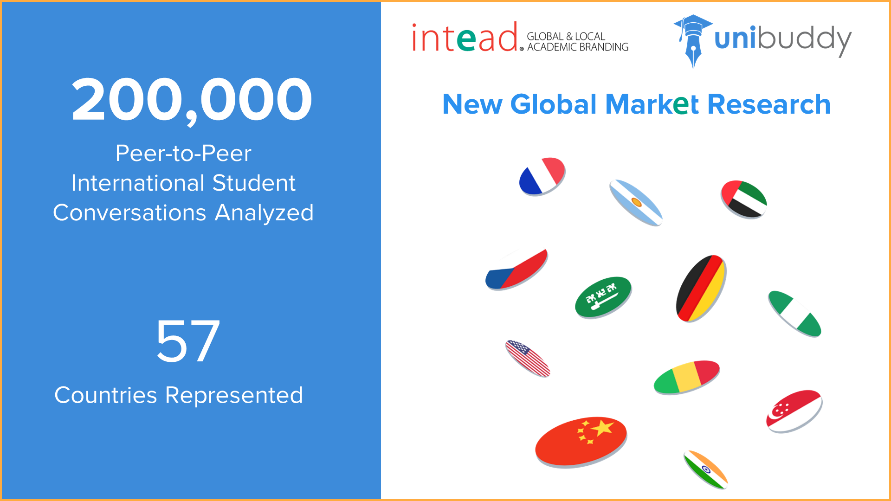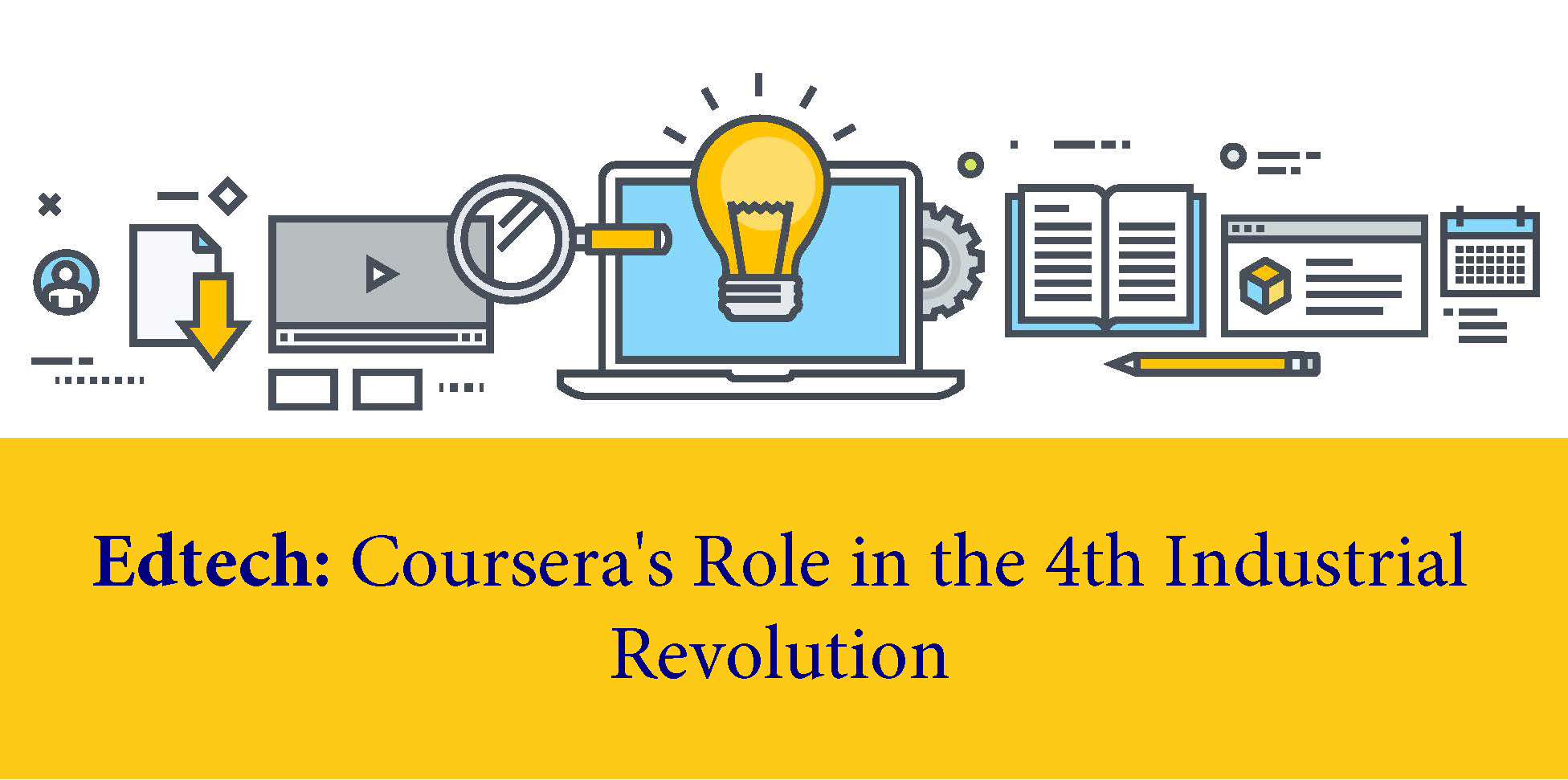Intead will hold a Town Hall on Thursday, March 19, 2020 at 8:30am Eastern Time. We have a panel of experts with a world of travel and student experience under their belts. Please join us.
What’s this all about?
Every 2 – 3 days our situation changes, globally, domestically. And it changes dramatically. This is the new abnormal.
As one of our wise Intead Advisory Board members shared recently, there is BEST PRACTICE and then there is ACTUAL PRACTICE. Let’s all be real about what we can do and the fact that we put our best foot forward every day with good intent. In the new abnormal, best practice is going to be relative.
And putting our best foot forward is what we are all about right now. This is no time to become mired in anxiety and wait to act. Decisions need to be made quickly and in the face of massive ambiguity.
With campuses across the country and around the world continuing to pursue their education mission in new ways, we all have important ideas to share and new realities to adjust to. What better way to move forward than getting together…virtually, of course!
NOTE: A recording of the webinar will be shared with all who register, whether or not you attend.
This is a not to be missed event.
Joining our Intead Team as Panelists, we are honored to bring you:
- Jessica Sandberg, Dean of International Enrollment at Duke Kunshan University
- David Fleshler, JD, Vice Provost for International Affairs at Case Western Reserve University
- Seamus Harreys, VP, Global Enrollment at CIEE
- Angel Ahmed, CEO of GNET
- Ashish Fernando, Founder of iSchoolConnect
Read on.
Read More




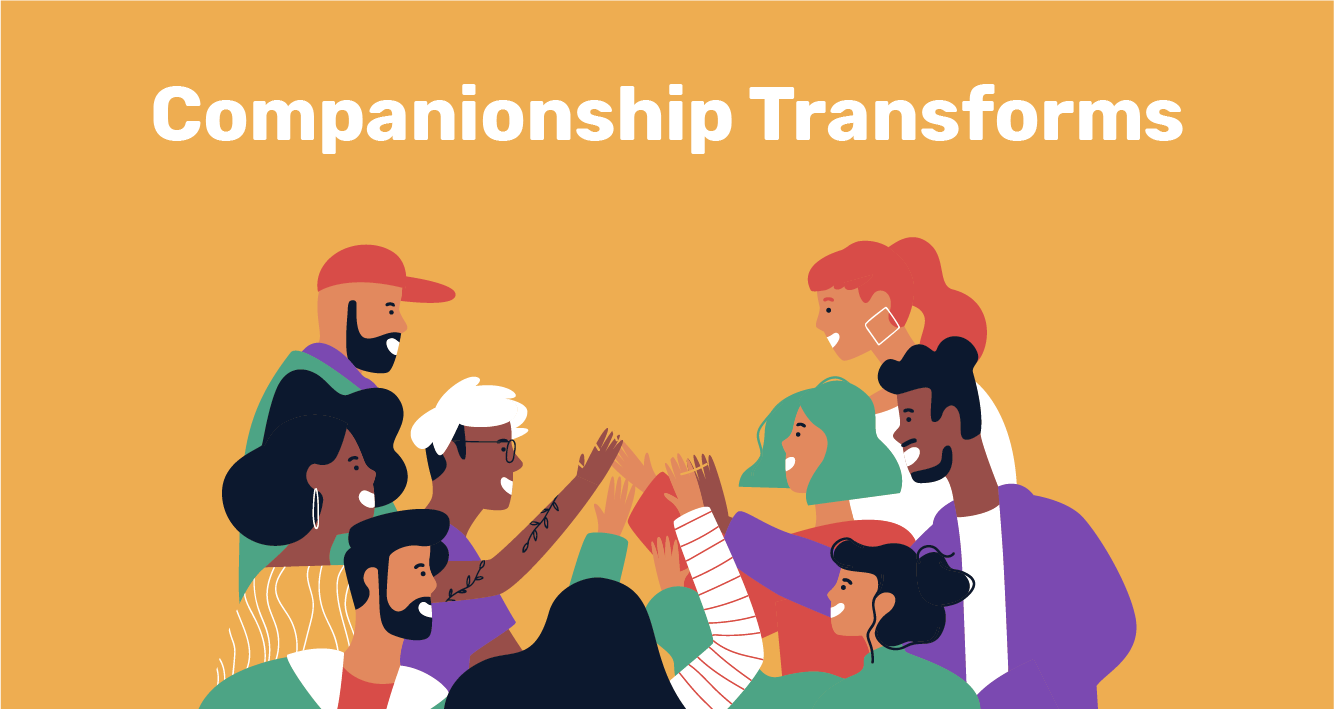
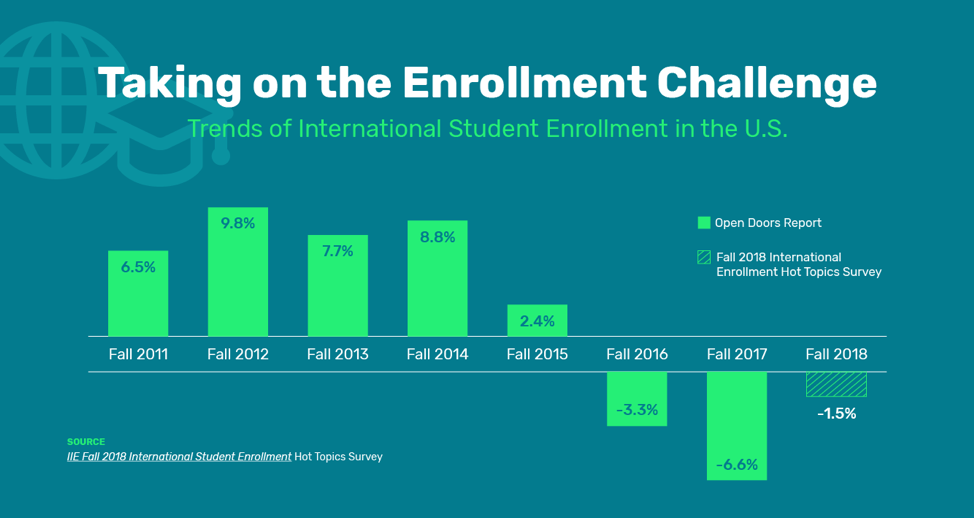
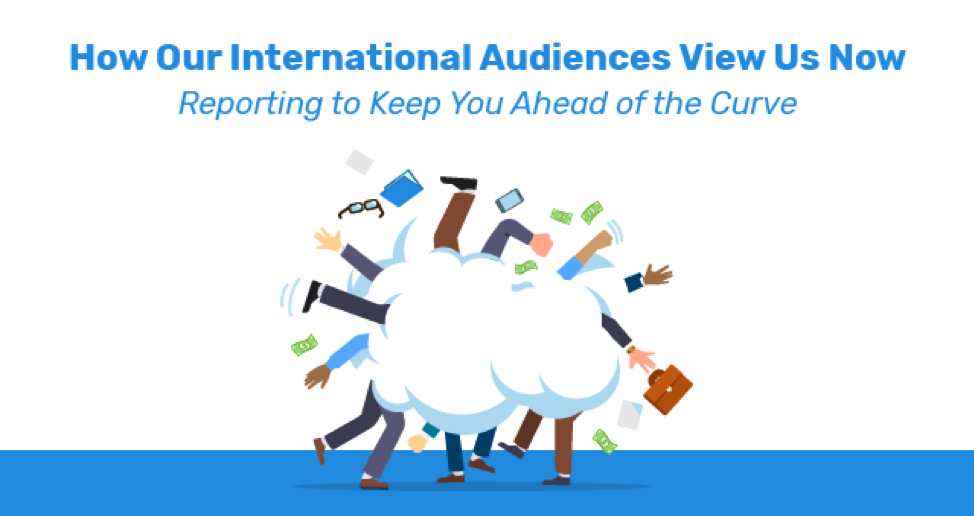

.jpg)
